Early Bird Deadline
30 November 2025
Judging
Date
23 & 24 March 2026
Winners Announcement
22 April 2026
30 November 2025
23 & 24 March 2026
22 April 2026
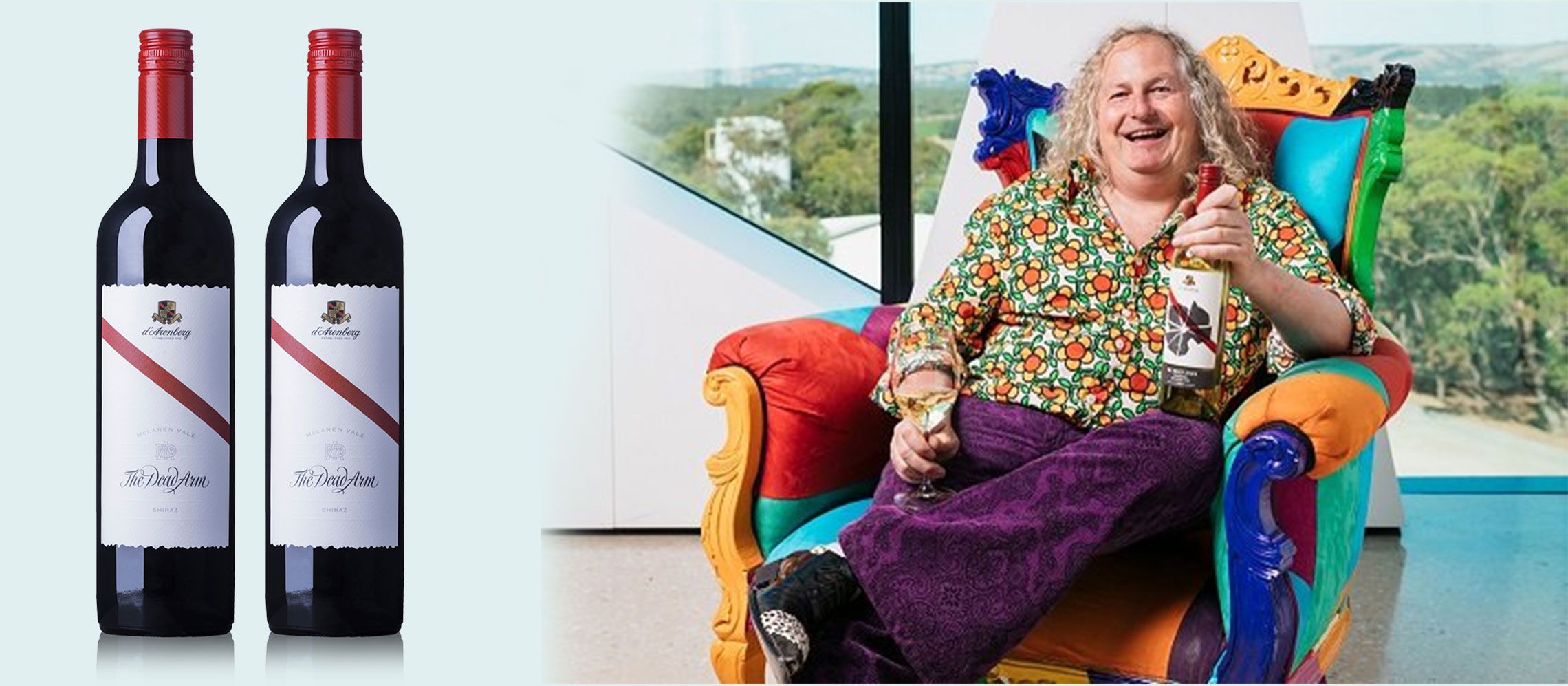
Australian winemaker Chester Osborn, the man behind the d’Arenberg The Dead Arm Shiraz which got the top score at the 2020 London Wine Competition.
This year’s competition saw about 1000 entries from more than 43 countries which also included new wine-producing countries like India.
The top 5 varieties that were in the competition were Shiraz, Cabernet Sauvignon (121), Chardonnay (97), Merlot (70) and Sauvignon Blanc (63).
There were 198 wines from Australia, 126 from Italy, 124 from France, 101 from Spain making them the top 4 countries that entered in the 2020 London Wine Competition.
The biggest improvement in the score by country was in the United States which had the highest average score by country followed by France.
Wine Of The Year - The Dead Arm Shiraz 2017, Australia, McLaren Vale
Winery Of The Year - d'Arenberg, Australia, McLaren Vale
Best Wine By Quality - The Dead Arm Shiraz 2017, Australia, McLaren Vale
Best Wine By Value - Villa Saletta Chianti 2015, Toscana IGT, Italy
Best Wine By Packaging - Silverado Vineyards SOLO Cabernet Sauvignon 2014, Napa Valley, United States
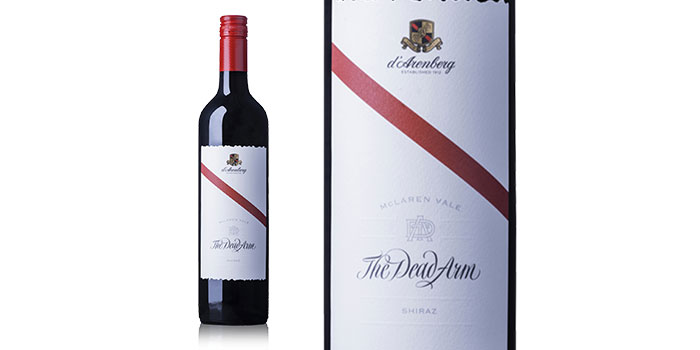
The Dead Arm - Shiraz 2017 McLaren Vale, Shiraz (100%) won the best wine of the year scoring 97 points. The results of the third London Wine Competition show a resounding success for Australia as the country offers more quality for the money. The awards were introduced to represent how consumers buy wines, based not just on their quality, but what they look like on the shelf, and what value for money they offer.
This wine will have you second-guessing as it skips between red fruits and lifted spice notes on the one hand to more brooding, dark, ashen, earthy aromas on the other. A sign of the vintage no doubt. The seasonal conditions are even more evident on the palate where flavour, tannin and acid are in perfect balance. There is an impressive amount of concentration in this wine but at the same time, it feels somewhat more restrained compared to other more in your face, rustic Dead Arm vintages. Particularly when we look at the tannin profile which is a relatively fine example for this wine.
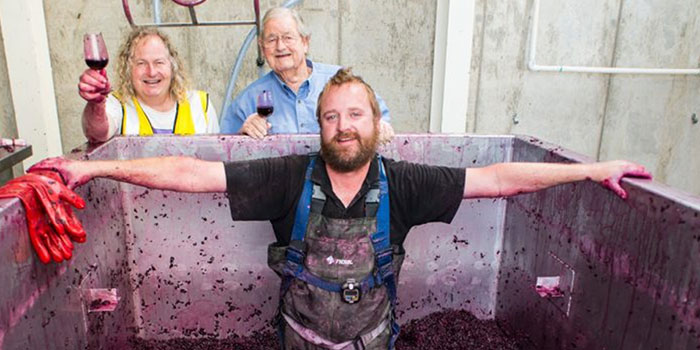
The 2nd spot was taken by Villa Saletta Chianti 2015, scoring 96 points.
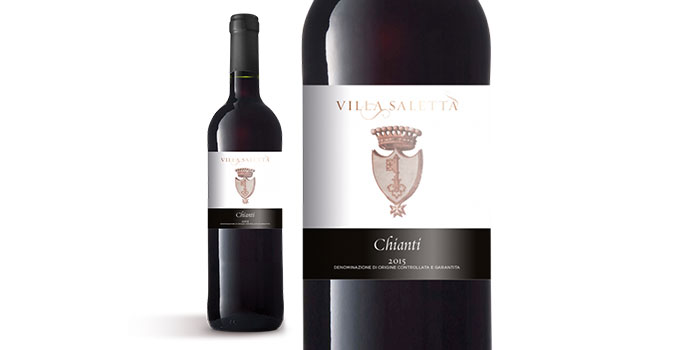
The Chianti opens with a ruby red colour with violet tinges. It has a full, intense aroma, which recalls floral and red fruit notes. In the mouth, the wine is fresh, smooth, and well balanced with a complex consistency, recalling hints of violets, cherries and vanilla. This blend is well fused with smoky sensations. On the palate, it shows the characteristic intensity of Sangiovese, tannins that boast suppleness in their texture, and a vibrant, dynamic freshness.
DOGC Chianti blend follows the traditions of our Tuscan heritage. The grapes are picked variety by variety, de-stemmed, pressed and placed into stainless fermentation tanks, at temperatures between 79° and 82° F (26° to 28° C). The period of skin contact is approximately 10 days for Sangiovese and 15 days for Merlot and Cabernet Sauvignon. The extraction techniques are aimed at maximising aroma and fragrance, soft and supple tannins, and emphasising the tonic acidity and savoury, mineral character. The wine is placed in Slavonian oak casks and two-year-old barrels, where it receives a year of cellar ageing prior to bottling.
These wines have rated top with the combination of quality, value and package and were judged by leading wine experts, wine buyers and masters of wine.
The London Wine Competition was introduced to be different from any other major wine awards. It did not just want to do more of the same. But instead look at wine through the eyes of the consumer and how they buy and choose which wines to buy. Of course, the quality of the wine is ultimately what will determine whether a consumer comes back to buy another bottle, but to do so first it needs to sell itself through its design, packaging and value for money.
All three are the key criteria by which all wines in the London Wine Competition are judged meaning any of the medal winners know they have a wine they can rightly take to the market with the knowledge it works on all three consumer levels.
The results of the second London Wine Competition also reflected the quality and innovation that is taking place all over the world.
Quality score: marked out of 50
Value score: marked out of 25
Packaging score: marked out of 25
To win a Gold you need to score 90 points or more. For a Silver it is 76-89 and Bronze it is 65-75.
The judges for this year’s competition included Masters of Wine, Master Sommelier, and buyers from key retail operators, as well as senior sommeliers from London’s fine premium on-trade.
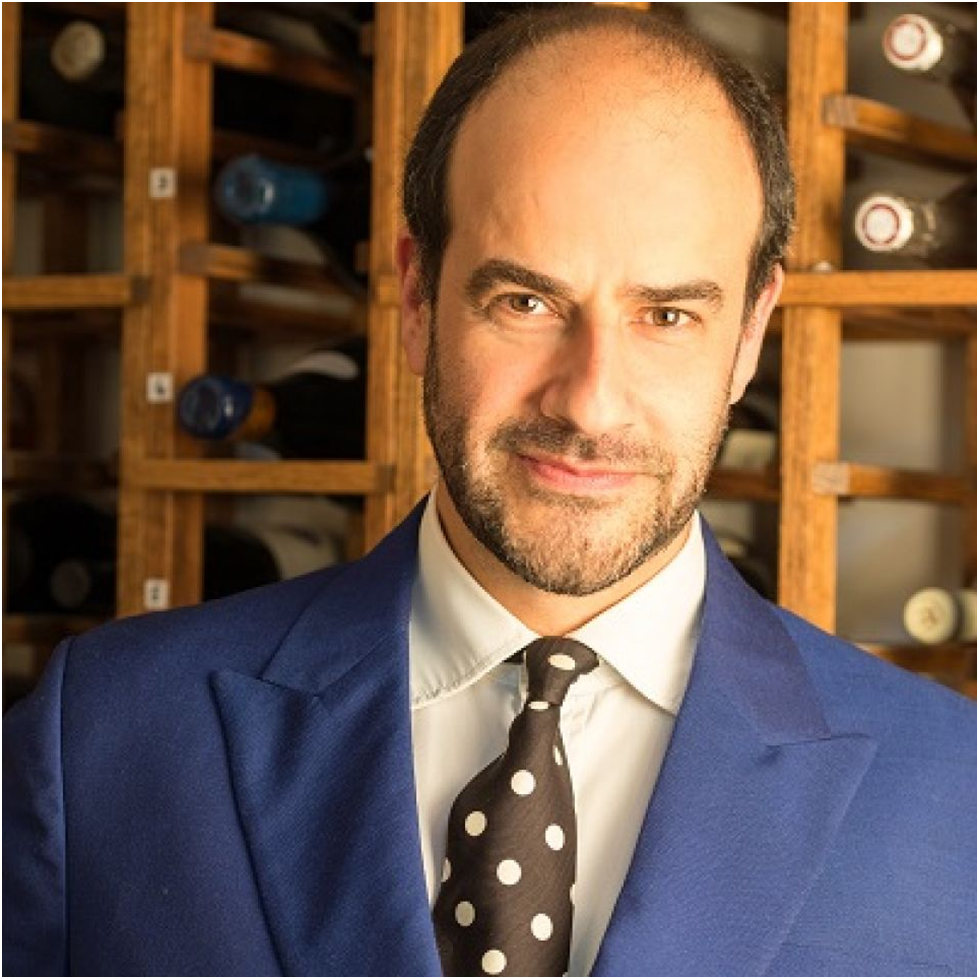
Demetri Walters MW,Wine Educator, Berry Bros. & Rudd was one of the Masters of Wines judging the 2020 London Wine Competition along with Tim Triptree MW, Victoria Burt MW, Peter Mitchell MW.

Kathrine Larsen MS, UK Sommelier of the Year 2014 was also a judge at the 2020 London Wine Competition. You can access full results of the London Wine Competition here.
Show your wines where it matters. Get your products tasted by top sommeliers, buyers and experts at the London Competitions — enter now.